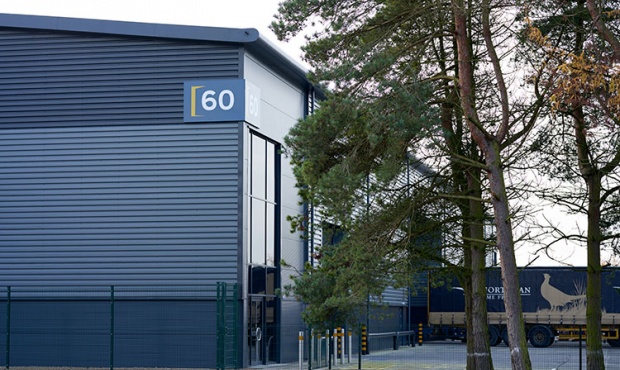A new study states that the under supply of sub-100,000ft2 warehousing (‘small to mid-box’), representing 95% of all industrial and logistics property in England, is leading to massive losses for the English economy, in terms of both economic value and job creation
The collaborative study conducted by property company Potter Space and Savills, states that the current lack of supply of sub 100,000ft2 logistics property is responsible for the English economy missing out on an estimated £480m GVA (Gross Value Added) a year, as well as 8,600 direct and 7,300 indirect jobs a year.
This is because the many thousands of businesses – regional, national, and international – who would utilise new warehousing space, are unable to fulfil their expansion plans.
The importance of the small to mid-box industrial and logistics property market to the wider English economy should not be underestimated as a facilitator of growth. Media attention is often drawn to the ‘big-box’ segment of the logistics market, where huge 1 million ft2 warehouses provide global e-commerce giants and large retailers with ‘distribution hubs’.
In addition to representing 95% of all industrial and logistics property – by number of units – the small to mid-box sector represents more than half – 56% – of all industrial and logistics floorspace and is home to a cross-section of businesses, from large multinationals to smaller players.
Demand for this type of property remains strong, despite increased economic uncertainty, with rental growth across averaging 64% since 2011, demonstrating the segment’s resilience, mainly due to the diverse nature of its customer base.
Jason Rockett, Managing Director of Potter Space said: “The fact that there is so much un-met demand in the small to mid-box space is a sign that more needs to be done to support this segment of the market. These properties are home to many SME businesses, which form the backbone of the English economy. Local planners and policymakers centrally must now act to rebalance land allocation in favour of the small to mid-box sector.
“The ability of local planning authorities to accurately predict demand for I&L development land is crucial to ensure that the country can meet ever-changing consumer and commercial requirements. Ecommerce is important, – having grown significantly over the last few years, but manufacturing, transportation, pharmaceuticals, and SMEs spanning many other industry sectors continue to drive demand for this type of space too.”
The report has also identified several ‘regional hotspots’ – areas that are ripe for growth – such as Leicestershire, Nottinghamshire/Derbyshire, Bedfordshire/St. Albans, as well as the more established Birmingham, Leeds, Liverpool, and Manchester. These areas have strong demand, which is currently not being met and the undersupply of land is having a negative impact. These regional hotspots have been identified by analysing socioeconomic indicators, local infrastructure, and leasing data over the last five years.
Mark Powney, director, Savills Planning Economics team, said: “Our research into the small and mid-sized segment of the I&L market has demonstrated it too is experiencing strong demand but is facing a lack of available supply. The types of companies that occupy small and mid-sized units are extremely diverse as are the occupations they support. Therefore, its future growth can contribute positively to local and regional towns up and down the country, especially given a number of other commercial sectors are facing significant structural challenges.”







